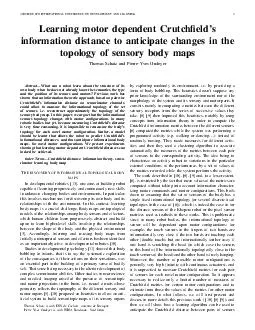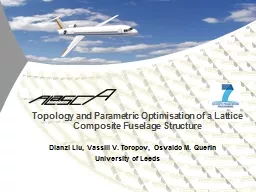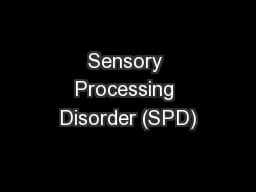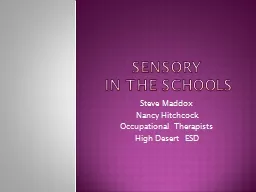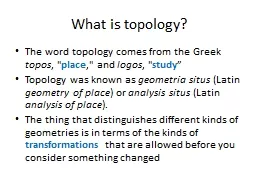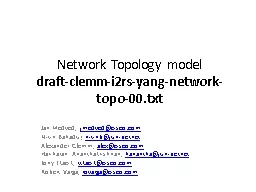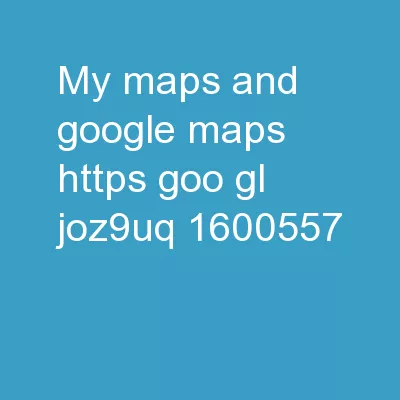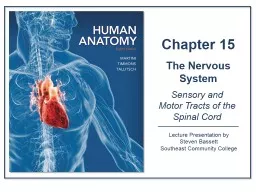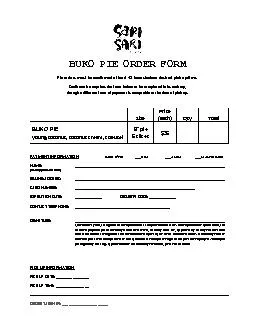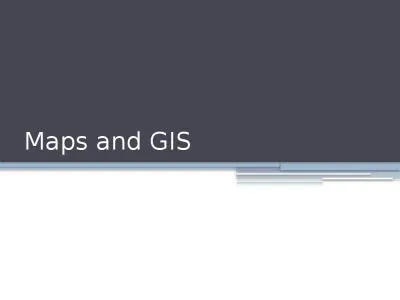PDF-IEEE TH INTERNATIONAL CONFERENCE ON DEVELOPMENT AND LEARNING Learning motor dependent
Author : alexa-scheidler | Published Date : 2014-12-07
e reconstruct approximately the topology of the sensory body map In this paper we argue that the informational sensors topology changes with motor con64257gurations
Presentation Embed Code
Download Presentation
Download Presentation The PPT/PDF document "IEEE TH INTERNATIONAL CONFERENCE ON DEVE..." is the property of its rightful owner. Permission is granted to download and print the materials on this website for personal, non-commercial use only, and to display it on your personal computer provided you do not modify the materials and that you retain all copyright notices contained in the materials. By downloading content from our website, you accept the terms of this agreement.
IEEE TH INTERNATIONAL CONFERENCE ON DEVELOPMENT AND LEARNING Learning motor dependent: Transcript
Download Rules Of Document
"IEEE TH INTERNATIONAL CONFERENCE ON DEVELOPMENT AND LEARNING Learning motor dependent"The content belongs to its owner. You may download and print it for personal use, without modification, and keep all copyright notices. By downloading, you agree to these terms.
Related Documents

